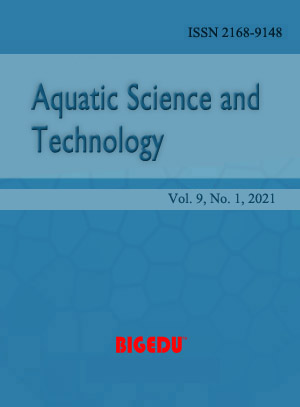“Notes” Morphology and Histology of the Mysticete’s Prostate and Its Implications in Male Fertility
DOI:
https://doi.org/10.52941/ast.v10i1.21Abstract
The global whale population has dramatically declined in the past centuries due to anthropogenic abuse, whereas, climate change, ship strikes, entanglements, pollution, and water debris are currently making an enormous impact on the recovery of all whales on the planet.
The prostate is recognized as the only male accessory gland in odontocete cetaceans, and prostatic pathologies have been recently described as very common in these animals. But nothing is reported about the male accessory gland in any species of mysticete. Here, we describe the topography and histology of the prostate of two baleen whales: a fin whale (Balaenoptera physalus) and a Bryde’s whale (Balaenoptera edeni) and conclude that in the mysticetes, the prostate displays the same general morphologic and histologic characteristics as in odontocetes.
The prostatic gland of the mysticete may be a target for many pathogens that wants to spread by a sexual transition to other animals and the offspring which may have great impact on reproductive capability for the individuals.
Downloads
Published
Versions
- 2021-10-22 (2)
- 2021-10-22 (1)




